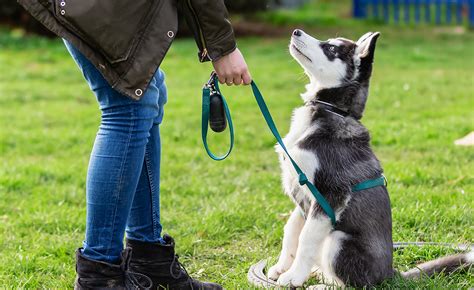Introduction
Pet ownership has boomed in recent years, with companion animals bringing joy and companionship to families worldwide. While providing a loving home is paramount, responsible pet owners must prioritize socialization and training to ensure well-adjusted, happy pets. This comprehensive guide explores the fundamental differences, importance, and practical strategies for effective pet socialization and training.

Chapter 1: Pet Socialization vs. Training – The Key Differences
1.1 What is Pet Socialization?
Pet socialization is the process of exposing your pet to a variety of positive experiences, environments, and individuals from a young age. It helps develop:
- Confidence and calmness around people, animals, and new situations
- Appropriate social skills and communication
- Reduced fear and aggression
1.2 What is Pet Training?
Pet training, on the other hand, focuses on teaching specific behaviors and commands to your pet. It involves:
- Establishing clear expectations
- Rewarding desired behaviors
- Correcting inappropriate actions
- Enhancing obedience and control
Chapter 2: The Importance of Pet Socialization and Training
2.1 Why Pet Socialization Matters
According to the American Veterinary Medical Association (AVMA), socialization is crucial for:
- Preventing behavioral problems like anxiety, aggression, and fearfulness
- Promoting mental well-being and reducing boredom
- Enhancing the bond between pet and owner
2.2 How Pet Training Benefits
As per the American Kennel Club (AKC), training provides:
- Improved safety for both pets and humans
- Enhanced communication and understanding
- Increased enjoyment of pet ownership
Chapter 3: Effective Strategies for Pet Socialization and Training
3.1 Puppy Socialization
- Start early: Begin socializing puppies within the first 16 weeks of life.
- Positive interactions: Allow puppies to meet friendly people, dogs, and other animals.
- Controlled environments: Expose them to different places like parks, shops, and pet-friendly events.
3.2 Adult Dog Socialization
- Gradual introduction: Gradually expose adult dogs to new situations and people.
- Controlled settings: Supervise interactions and provide a safe environment.
- Patience and reinforcement: Reward calm and appropriate behavior.
3.3 Dog Training Methods
- Positive reinforcement: Reward desired behaviors with treats, praise, or attention.
- Clicker training: Use a clicker to mark the exact moment of the desired behavior.
- Operant conditioning: Associate behaviors with specific consequences to shape behavior.
3.4 Cat Socialization
- Kitten socialization: Begin socializing kittens between 2 and 7 weeks of age.
- Safe exposure: Expose kittens to different people, sounds, and textures in a controlled environment.
- Consistency: Establish routines and provide a sense of security.
Chapter 4: Tips and Tricks for Pet Socialization and Training
4.1 Tips for Socialization
- Early exposure: Start socializing your pet as early as possible.
- Safe and controlled: Ensure all interactions are positive and supervised.
- Gradual progression: Gradually increase the intensity and duration of social encounters.
4.2 Tips for Training
- Positive reinforcement: Always reward your pet for desired behaviors.
- Consistency: Be consistent with commands and training methods.
- Patience and perseverance: Training takes time and effort, so be patient and persistent.
Chapter 5: Case Studies and Comparisons
5.1 Case Study: Max the Dog
Max, a 3-year-old Labrador Retriever, was highly aggressive towards other dogs due to a lack of socialization as a puppy. Through a structured training program and controlled social interactions, Max gradually became more confident and less reactive around other dogs.
5.2 Pros and Cons of Different Training Methods
| Training Method | Pros | Cons |
|---|---|---|
| Positive Reinforcement | Humane, effective, promotes bond | May take longer |
| Clicker Training | Precise, clear communication | Requires consistency |
| Operant Conditioning | Predictable, long-lasting results | Potential for punishment |
Chapter 6: The Future of Pet Socialization and Training
The future of pet socialization and training lies in technology and innovative methods. Smart collars and apps can track socialization progress and provide personalized recommendations. Virtual reality and augmented reality (VR/AR) technology can create immersive training environments for pets.
Conclusion
Effective pet socialization and training are essential for the well-being of pets and their owners. By understanding the differences, implementing effective strategies, and embracing modern techniques, you can create a harmonious and fulfilling relationship with your furry friend. Remember, a well-socialized and trained pet leads to a happier, more fulfilling life for both pet and owner.





















